The Audubon Observer, May 2023
|
|
||||
SPRING WILDLIFE AT CROSBY SANCTUARY Most people think of the Orange Park area along Blanding Boulevard between Wells Road and Kingsley Avenue as a traffic-choked, commercial corridor to avoid. However, our foremothers/fathers of Duval Audubon had the foresight to preserve a large nature preserve in this area, now known as Crosby Sanctuary.
Over the past several years we have installed wildlife cameras at Crosby to get a better idea of what animals are using the sanctuary. What we’ve noticed is that we catch the most wildlife activity in the spring. The most photographed species is probably deer or raccoon, but we regularly capture opossum, bobcat, coyote, turkey, wood stork, herons and egrets. Our beavers have remained elusive, but we know they’re out there by the active dams and lodge. We also get photos of everyone who comes up and down the main trail through the swamp. Believe it or not, we had a trespasser walk through recently with a metal detector, digging holes all over the place. Crosby is a nature preserve and a haven for wildlife, so this kind of activity is harmful for the health of the sanctuary, and we truly hope we don’t have any more incidents like this. Anyway, we are working on a way to share the wildlife photos with our members on our website and social media pages. Keep your eyes out for this to come out sometime soon. In the meantime, please enjoy a few notable photos that we are able to provide in the newsletter with this article. We also have extensive bird observation records and photographs posted on eBird.org. Another source of species observations at Crosby is iNaturalist, which has numerous observations available from the “Explore” feature. We’re working on setting up Crosby as a “project” on iNaturalist for plant observations. More to come on that! ~ Pete Johnson, Crosby Sanctuary Director SOCIAL ATTRACTION: A POWERFUL TOOL FOR CONSERVATION Social attraction is a term used in conservation to describe a variety of techniques employed to attract target species to areas where conservationists can work with them. The idea is to use cues that the animals are naturally drawn to, such as visual or auditory cues, to create an enticement that will encourage the animals to come to a specific area. This can be useful in a number of ways, from encouraging animals to move into protected areas, to training them to respond to specific stimuli, and even to breeding programs.
Scent cues are another powerful tool in social attraction and are often used to attract animals to specific locations for breeding or other conservation efforts. For example, conservationists working with the endangered North Island Brown Kiwi in New Zealand have used a combination of artificial burrows and scent cues to attract the birds to the area, where they can be monitored and potentially bred in captivity. Overall, social attraction methods are a valuable tool in conservation, and have been used to great effect in a number of different contexts. Whether used to attract animals to protected areas, establish new populations, or aid in breeding efforts, social attraction techniques can be a powerful tool for conservationists working to protect and conserve our planet's wildlife and natural areas. ~ Carol Bailey-White, Outgoing Chapter President PROPOSED BOARD OFFICERS AND DIRECTORS 2023/2024 We are pleased to announce our proposed board officers and directors for the 2023/2024 season: Officers:
Directors:
Board members attend monthly board meetings (held virtually via Zoom) and participate in chapter activities when schedules allow. Officers are appointed for a one-year term, and directors serve for two years. Board members may continue serving beyond their initial term if willing and approved by the board and the general membership. Board members should become a member of Audubon if not already a member. If you are interested in joining our board to help our chapter achieve its mission, we encourage you to apply (or download and complete our paper application form and send via US Mail to Duval Audubon Society, PO Box 16304, Jacksonville, FL 32245). If there are multiple candidates for any of the officer positions (President, Vice President, Treasurer, Recording Secretary), an election will be held. Please feel free to contact us with any questions you may have about joining our team. Thank you! UPCOMING ACTIVITIES Here's what's happening this month:
We look forward to seeing you soon! Duval Audubon Society, Inc.
|
||||
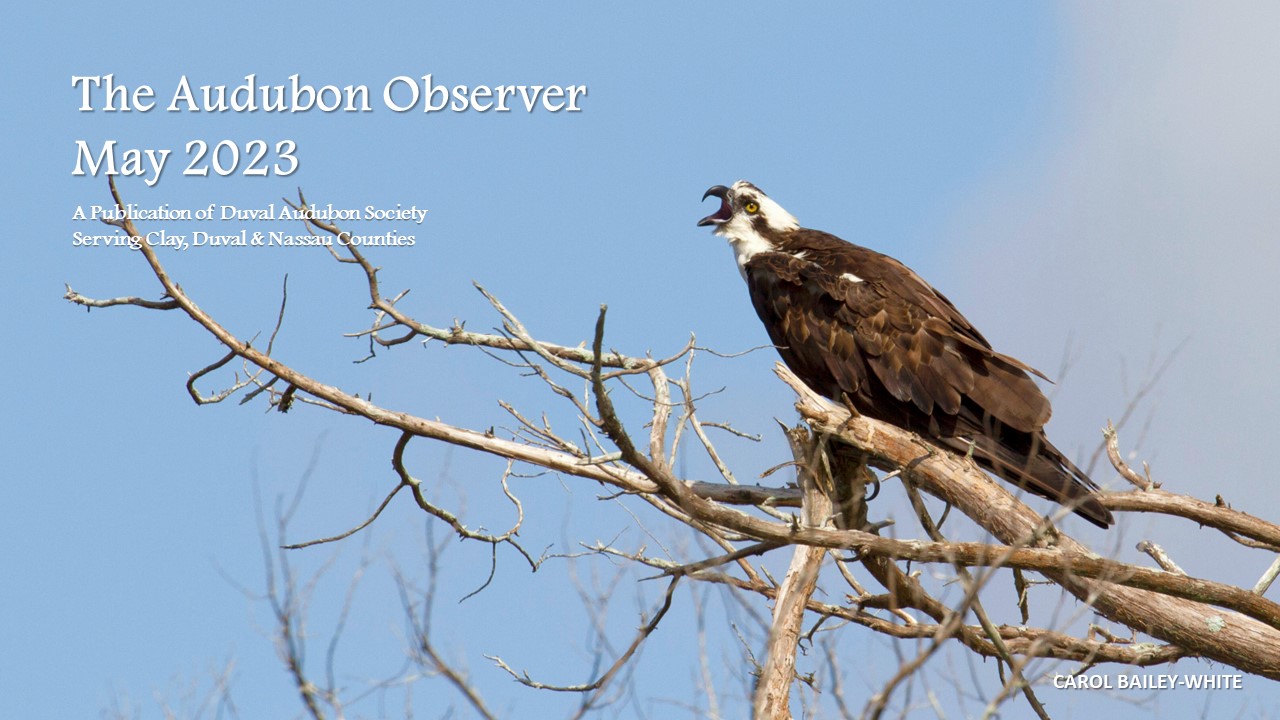
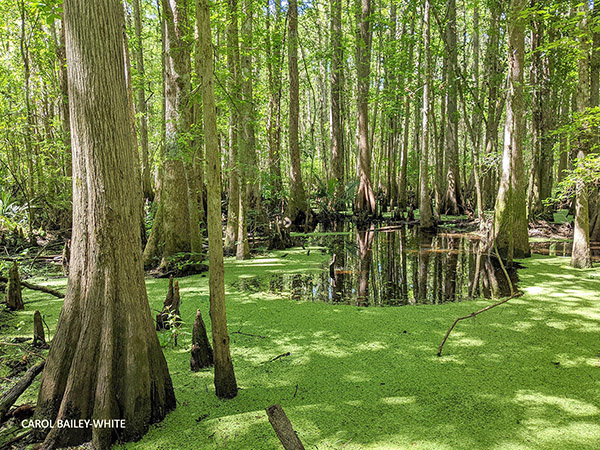 Crosby is an oasis of wildlife habitat within a heavily developed landscape. A landscape that once must have been an astonishingly beautiful complex of upland Sandhills, Flatwoods and Oak Hammocks above wetland Seepage Slopes, Bottomland Swamp and River Floodplain forests. The remnant vegetation of the Sandhills and Seepage Slopes are evident in neighborhood yards upslope of Crosby in the form of occasional longleaf pines, turkey oak, and pond pines. Crosby contains habitats representative of Flatwoods, Oak Hammock, Bottomland Swamp and Riverine Floodplain Forest. Unfortunately, the high, dry Sandhills of the area were developed mostly into subdivisions within the past 60 years. This was not that long ago in terms of geologic or evolutionary timescales.
Crosby is an oasis of wildlife habitat within a heavily developed landscape. A landscape that once must have been an astonishingly beautiful complex of upland Sandhills, Flatwoods and Oak Hammocks above wetland Seepage Slopes, Bottomland Swamp and River Floodplain forests. The remnant vegetation of the Sandhills and Seepage Slopes are evident in neighborhood yards upslope of Crosby in the form of occasional longleaf pines, turkey oak, and pond pines. Crosby contains habitats representative of Flatwoods, Oak Hammock, Bottomland Swamp and Riverine Floodplain Forest. Unfortunately, the high, dry Sandhills of the area were developed mostly into subdivisions within the past 60 years. This was not that long ago in terms of geologic or evolutionary timescales.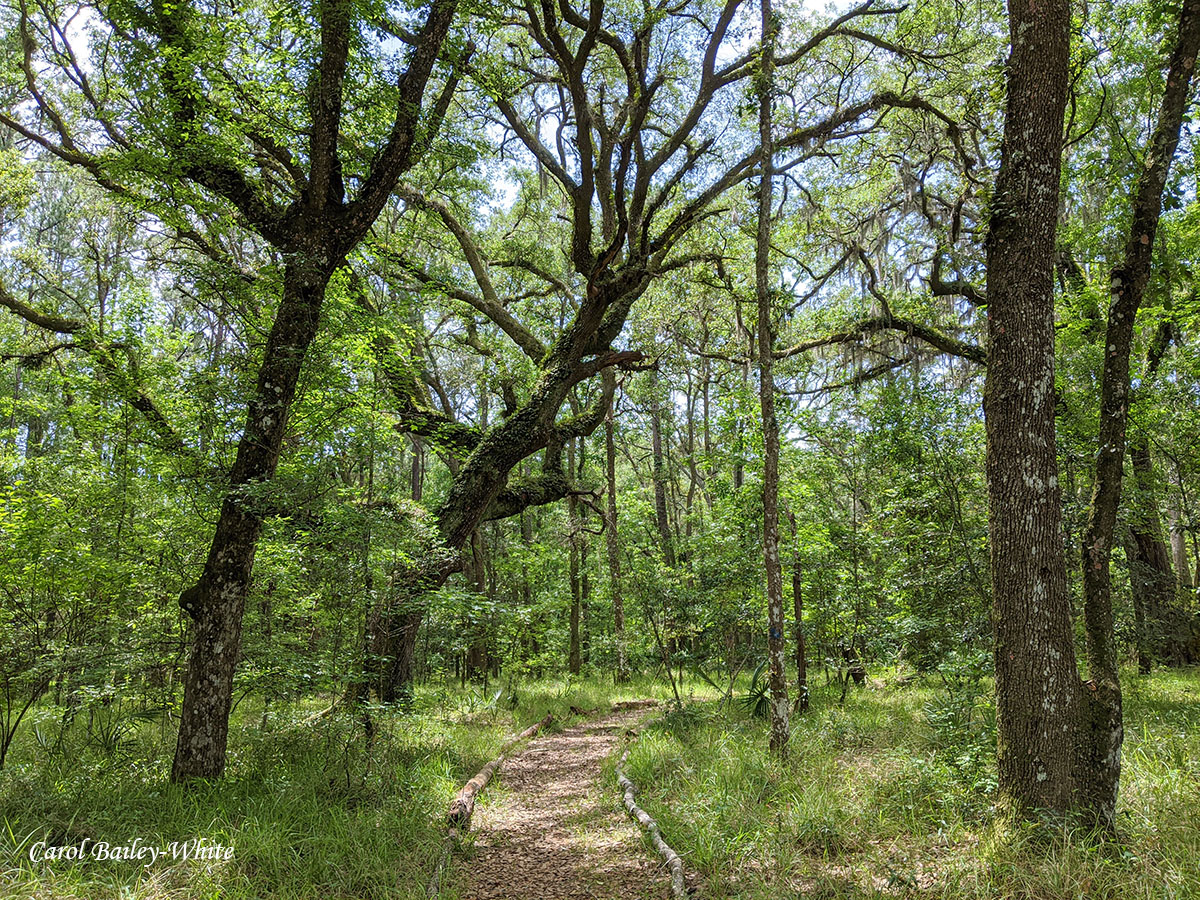 Some wildlife species have been able to adapt and survive in the modern landscape of this area, while others have not. Upland specialist species like gopher tortoises, pine snakes, indigo snakes, pocket gophers, fox squirrels, northern bobwhite, Bachman’s sparrows, red-headed woodpeckers, red-cockaded woodpeckers, and others have not fared well. Wetland and upland generalist species, however, are doing better with the help of connected patches of remnant habitat like Crosby and others tied together by riparian habitat corridors along the Ortega River and Little Black Creek. These species include animals like river otter, North American beaver, white-tailed deer, coyote, fox, raccoon, bobcat, wild turkey, wood stork, prothonotary warbler, northern parula, red-eyed vireo, yellow-crowned night heron, red-shouldered hawk, short-tailed hawk, and various others.
Some wildlife species have been able to adapt and survive in the modern landscape of this area, while others have not. Upland specialist species like gopher tortoises, pine snakes, indigo snakes, pocket gophers, fox squirrels, northern bobwhite, Bachman’s sparrows, red-headed woodpeckers, red-cockaded woodpeckers, and others have not fared well. Wetland and upland generalist species, however, are doing better with the help of connected patches of remnant habitat like Crosby and others tied together by riparian habitat corridors along the Ortega River and Little Black Creek. These species include animals like river otter, North American beaver, white-tailed deer, coyote, fox, raccoon, bobcat, wild turkey, wood stork, prothonotary warbler, northern parula, red-eyed vireo, yellow-crowned night heron, red-shouldered hawk, short-tailed hawk, and various others.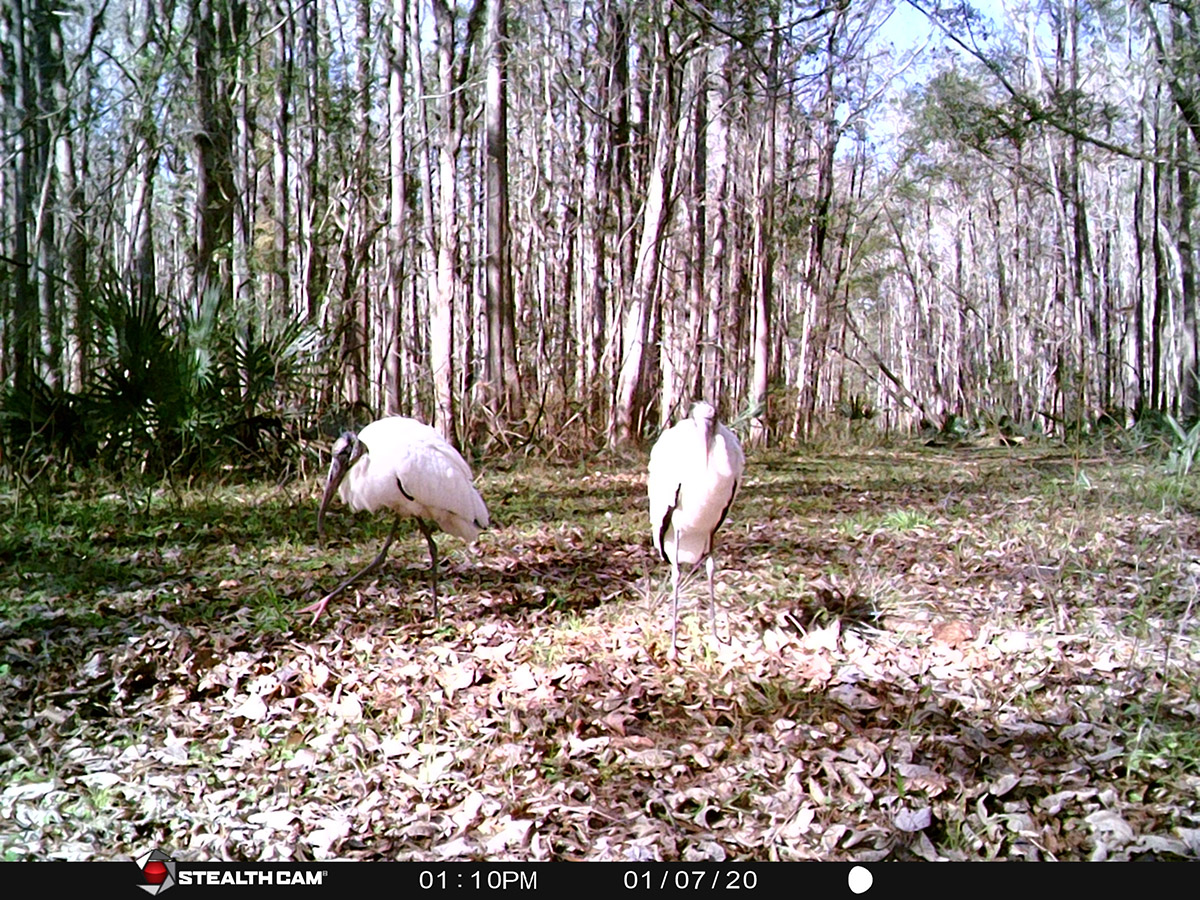
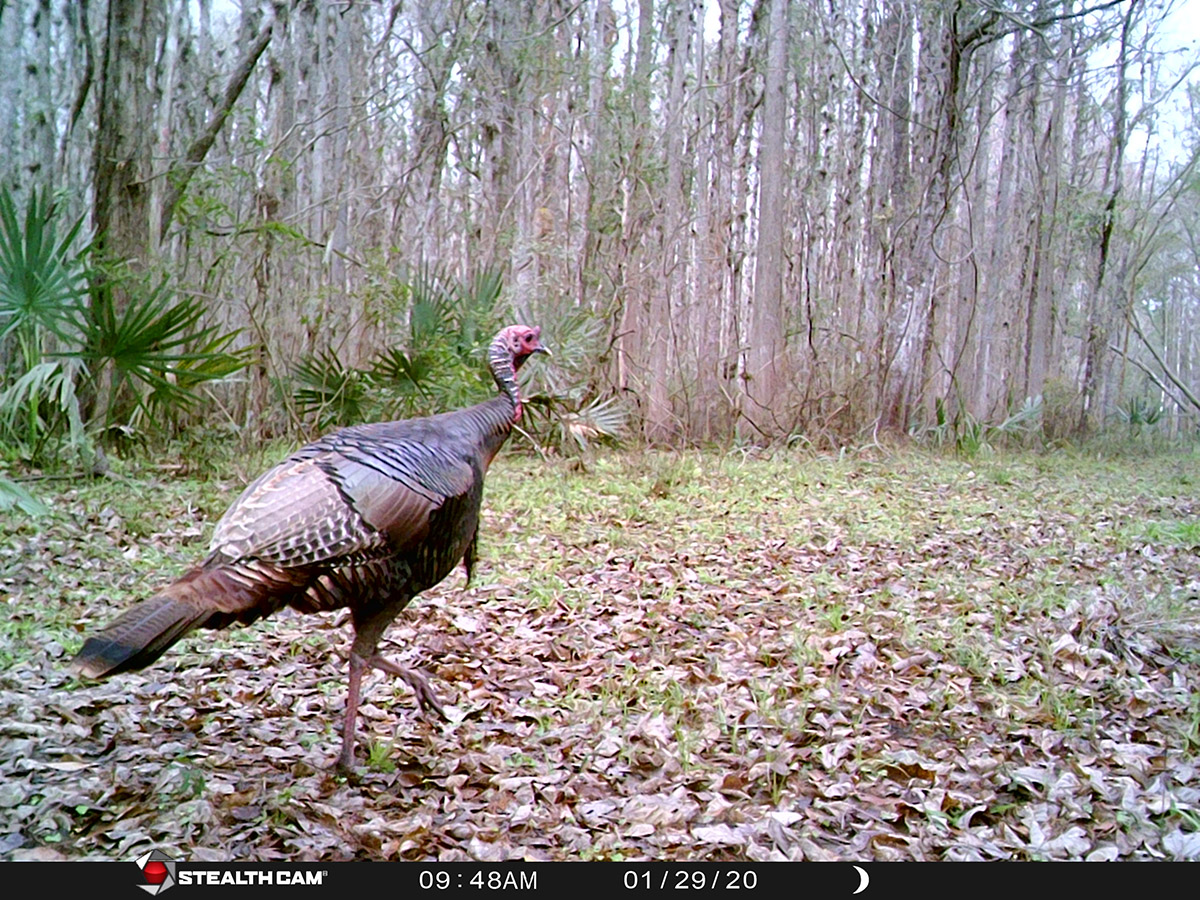


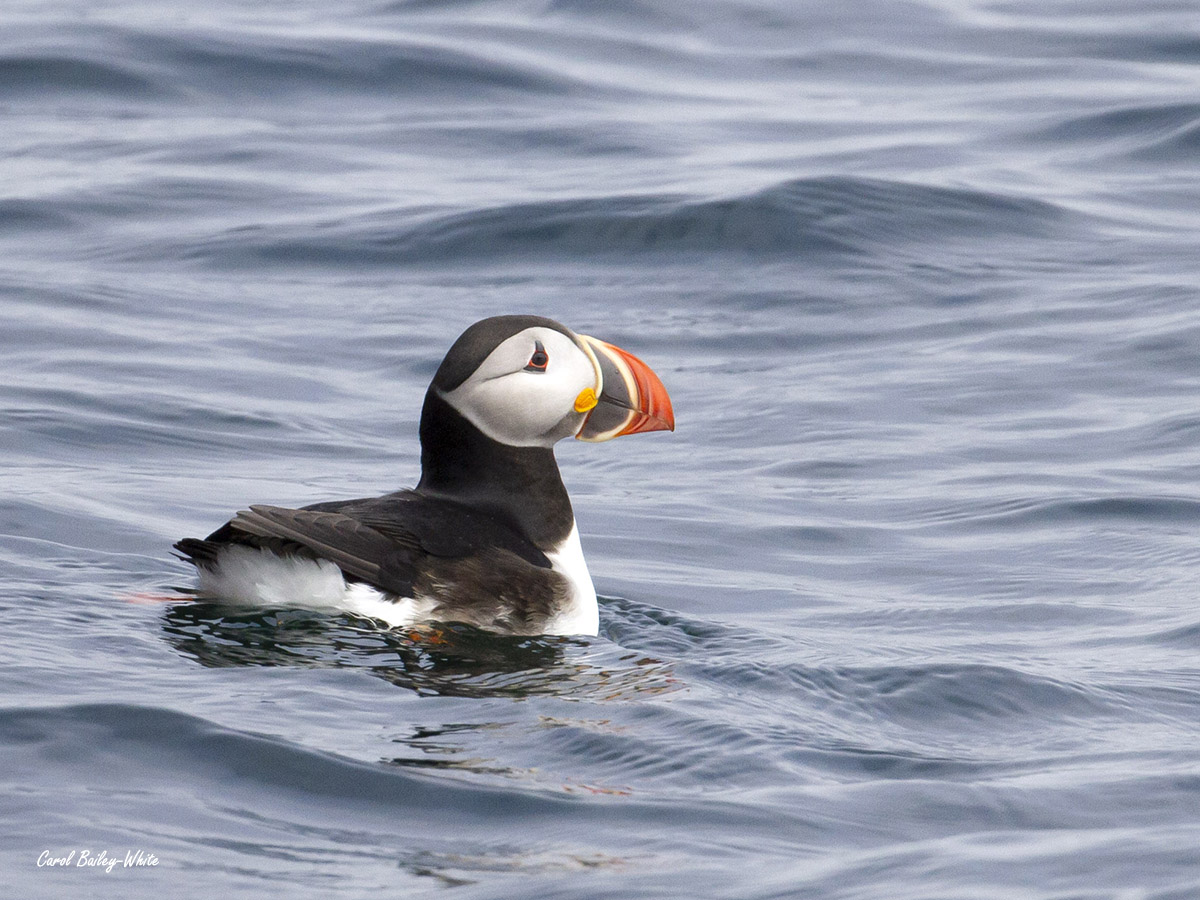 Audubon’s
Audubon’s 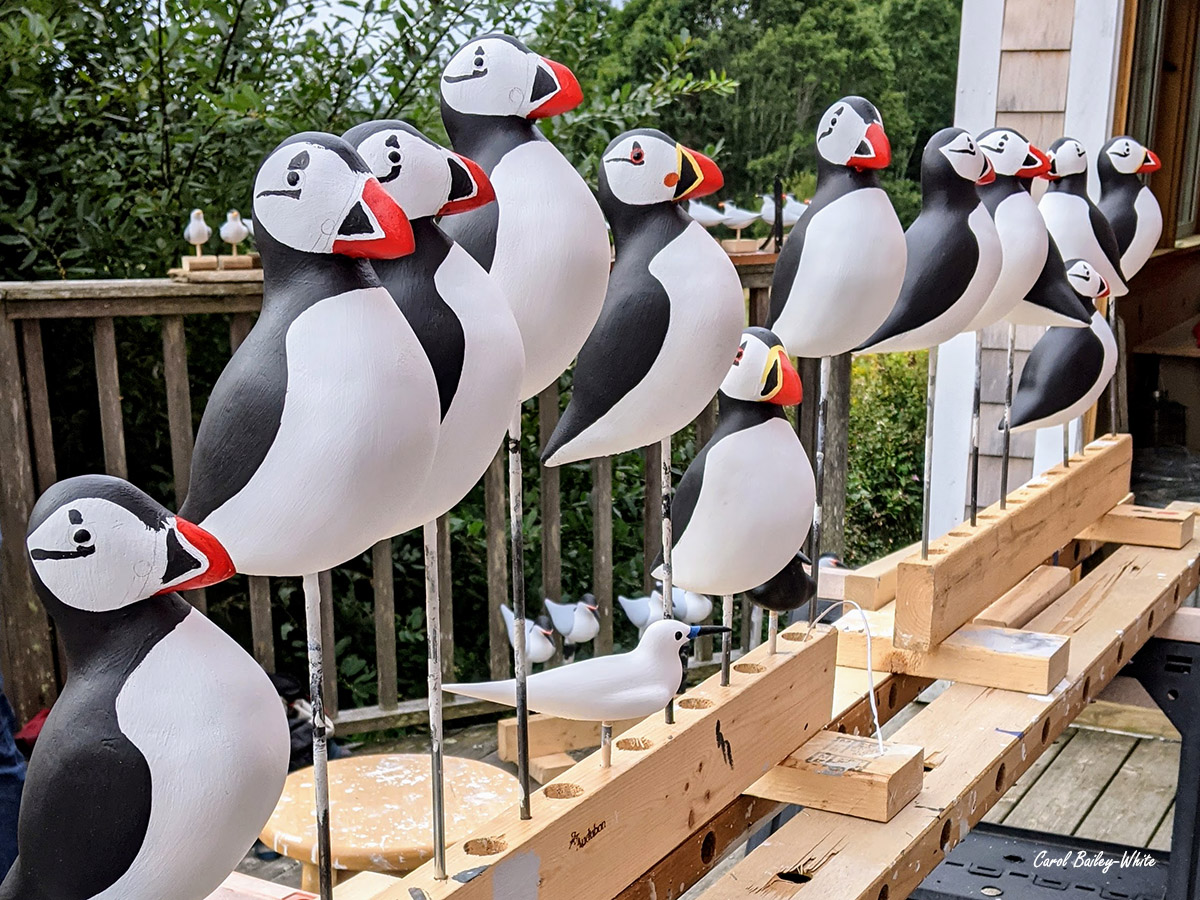 The use of social attraction techniques has evolved and expanded, and today there are a several methods used to attract animals in a variety of conservation contexts. In addition to decoys, vocalizations are another common method of social attraction, and are often used to encourage animals to move into protected areas where they can be studied or protected.
The use of social attraction techniques has evolved and expanded, and today there are a several methods used to attract animals in a variety of conservation contexts. In addition to decoys, vocalizations are another common method of social attraction, and are often used to encourage animals to move into protected areas where they can be studied or protected.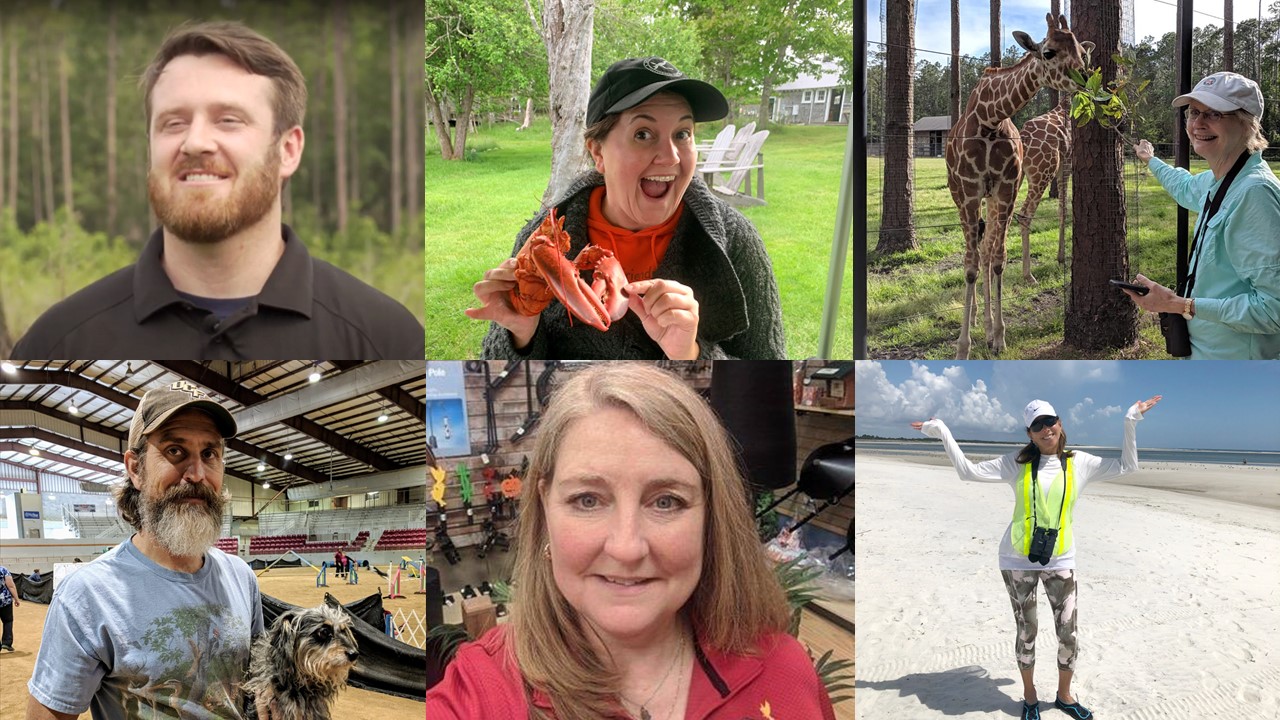 Acting President: Rich Egan
Acting President: Rich Egan